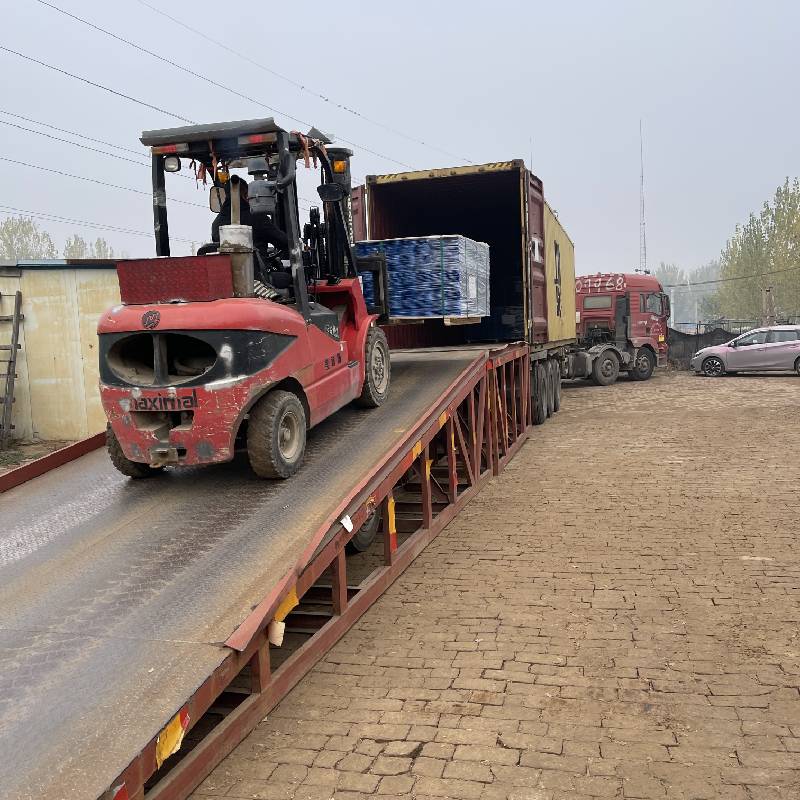
- Mobile Phone
- +8613931874955
- sales@cntcmetal.com
brick expansion ties
Understanding Brick Expansion Ties Importance and Applications
Brick expansion ties are integral components in various construction projects, especially in the realm of masonry work. These ties facilitate the movement and stability of structures, particularly in areas prone to temperature fluctuations, ground settling, or other environmental factors that might cause the building materials to expand or contract. Understanding the significance of brick expansion ties, their types, and how they function is crucial for architects, builders, and homeowners alike.
What Are Brick Expansion Ties?
Brick expansion ties are metal components used to connect brickwork to structural supports, such as steel or concrete, while allowing for movement. These ties accommodate the inevitable thermal expansion and contraction that materials undergo as temperatures change. Without such provisions, structures can experience cracking or other forms of damage, leading to costly repairs and compromised safety.
Typically made from corrosion-resistant metals, such as stainless steel or galvanized steel, brick expansion ties are designed to withstand harsh environmental conditions. Their design often includes features that allow for a degree of movement while maintaining a secure connection between the different materials involved.
Importance of Brick Expansion Ties
1. Structural Stability One of the primary functions of brick expansion ties is to enhance the structural integrity of buildings. By allowing controlled movement, these ties help prevent the formation of cracks or other structural faults that may otherwise arise from the stresses associated with thermal expansion.
2. Longevity of Materials The use of expansion ties can significantly extend the lifespan of building materials. By reducing stress concentrations, the ties help preserve the condition of both the bricks and the associated structural elements, minimizing the risk of degradation over time.
3. Safety In areas with extreme weather patterns, the risk of structural failure increases without adequate expansion provisions. Brick expansion ties contribute to the overall safety of the building, reducing the chances of catastrophic failure due to unforeseen shifts in building components.
4. Versatility These ties can be used in various constructions, from residential homes to large commercial buildings. Their versatility allows them to adapt to different architectural designs and materials, making them a valuable asset in any masonry project.
brick expansion ties

Types of Brick Expansion Ties
There are several types of brick expansion ties available, each suited to specific applications
1. Angle Ties These ties come in an angle shape and are typically used to secure brick walls to a supporting structure, providing robust support while allowing for lateral movement.
2. Loop Ties Loop ties are flexible and offer enhanced movement capabilities. They are particularly useful in walls that undergo significant expansion and contraction.
3. Dovetail Ties Designed to connect masonry to steel structures, dovetail ties are often used in combinations with other expansion ties to create a comprehensive support system.
4. Z-bar Ties These are Z-shaped ties that integrate well into the brickwork, allowing the bricks to expand freely while maintaining a tight connection to the primary structure.
Installation and Maintenance
The correct installation of brick expansion ties is crucial for their effectiveness. Builders must carefully consider the spacing, the materials being connected, and the anticipated expansion movements when installing these ties. Regular inspections are also important to ensure that the ties remain effective and have not corroded or suffered damage over time.
In conclusion, brick expansion ties are an essential consideration in masonry construction. By allowing for necessary movement while providing secure connections, they play a crucial role in establishing the safety, stability, and longevity of brick structures. Understanding their importance, types, and maintenance needs can help ensure that a project stands the test of time, adapting to various environmental challenges without compromising structural integrity. As construction practices evolve, the application of brick expansion ties will continue to be a vital aspect of building resilient and durable structures.
share:
-
Why Sacrificial Formwork Is Redefining Underground ConstructionNewsJun.06,2025
-
The Structural Dynamics of Modern Concrete: How Snake Spacers Revolutionize Flexible ReinforcementNewsJun.06,2025
-
Snake Spacers Smart-Lock Concrete Reinforcement with Surgical PrecisionNewsJun.06,2025
-
Snake Spacers: Reinforcement Precision for Modern Concrete ProjectsNewsJun.06,2025
-
Snake Spacers Powering Concrete's Structural DNANewsJun.06,2025
-
Slither into Success: Snake Spacers' Precision Bite for Unbreakable ReinforcementNewsJun.06,2025
-
Sacrificial Formwork: Building Stronger, Faster, and Safer StructuresNewsJun.06,2025



















